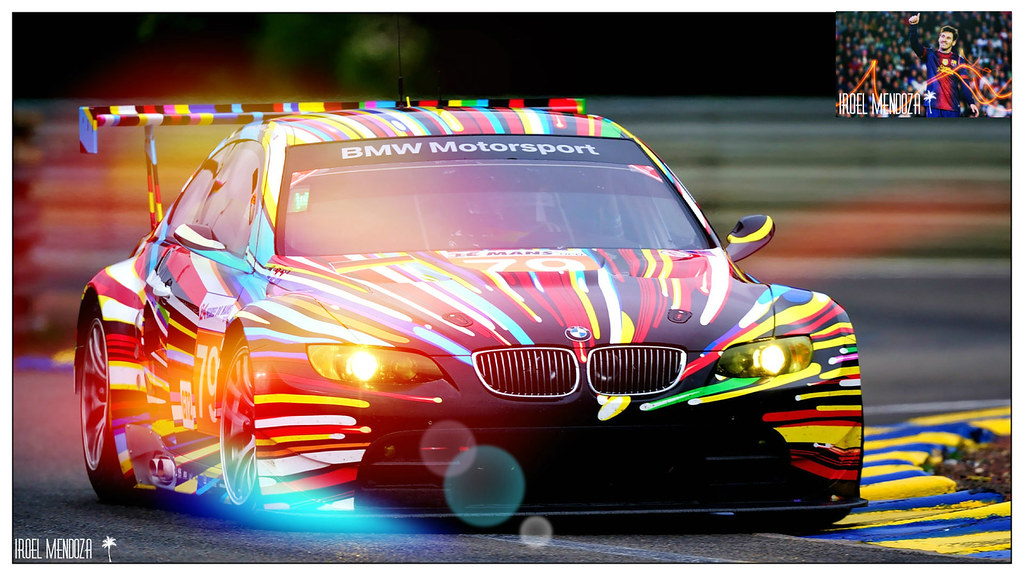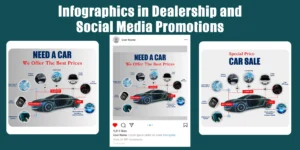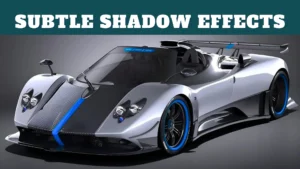Are you tired of your automotive images falling flat and not capturing the attention they deserve? Look no further. In this article, we will delve into the art of car photo editing and show you how to elevate your automotive images to a whole new level.
Whether you are a professional photographer or an amateur with a passion for cars, the techniques and tips shared here will help you enhance the visual appeal of your images. From brightening the colors to removing distractions, we will guide you through the various aspects of car photo editing that can make a significant difference in the final result.
Discover the importance of proper lighting and composition to create stunning visuals that bring out the best in any car. Learn how to highlight the car’s features and make it stand out from the background. With the right editing tools and techniques, you can transform your automotive images into professional-grade photographs.
Don’t settle for mediocre car photos. Join us as we explore the art of car photo editing and unlock the potential of your automotive images. Get ready to make your car photography shine!

Table of Contents
ToggleImportance of The Art of Car Photo Editing
High-quality automotive images are essential for grabbing the attention of potential buyers or admirers. When it comes to selling cars or promoting an automotive brand, images play a crucial role in attracting customers and conveying the desired message. A well-edited car photo can evoke emotions and create a desire in the viewer to learn more about the vehicle.
To capture the essence of a car and its unique features, it is important to start with high-resolution images that showcase the vehicle in the best possible light. Investing in a good camera and learning the basics of photography can go a long way in capturing stunning automotive images. However, even the best photographs can benefit from careful editing to truly shine.
Common editing techniques for car photos
When it comes to editing car photos, several common techniques can help enhance the overall appearance of the image. One of the first steps in the editing process is to adjust the exposure and brightness levels. This helps to bring out the details in both the car and the surrounding environment.
Another important aspect of car photo editing is color correction. Adjusting the color balance, saturation, and vibrancy can make a significant difference in the final result. It is important to ensure that the colors in the image accurately represent the car’s actual appearance.
In addition to exposure and color correction, cropping the image and straightening any tilted angles can improve the composition and make the car the focal point of the image. Removing distracting elements, such as dust or unwanted reflections, can also help create a clean and professional look.
Choosing the right editing software for car photo editing
Choosing the right editing software is crucial for achieving the desired results in car photo editing. There are several popular editing software options available, each with its own set of features and capabilities. Adobe Photoshop and Lightroom are widely used in the photography industry and provide a wide range of tools for editing car photos.
Photoshop offers advanced editing capabilities, allowing for precise adjustments and retouching. Lightroom, on the other hand, is known for its user-friendly interface and powerful photo organization features. Both software options can be used individually or in combination to achieve the desired results.
Advanced editing techniques for car photos
Once you have mastered the basic editing techniques, you can move on to more advanced techniques to take your car photos to the next level. One such technique is selective editing, which allows you to make targeted adjustments to specific areas of the image. This can be useful for enhancing the details of the car or adjusting the exposure in specific areas.
Another advanced technique is the use of layers and masks. Layers allow you to work on different elements of the image separately, making it easier to make adjustments without affecting the entire image. Masks, on the other hand, allow you to selectively apply or remove adjustments from specific areas of the image.
Dodging and burning is another powerful technique that can add depth and dimension to your car photos. Dodging involves lightening specific areas of the image while burning involves darkening them. This technique can be used to draw attention to certain parts of the car or create a more dramatic effect.
Retouching and enhancing car details
In car photography, attention to detail is key. Retouching and enhancing car details can make a significant difference in the final result. This can involve removing imperfections such as scratches or blemishes, enhancing the shine of the car’s paintwork, or adding depth to the reflections.
The clone stamp tool and the healing brush tool are commonly used for retouching car details. These tools allow you to remove imperfections or duplicate certain areas of the image to create a seamless look. The dodge and burn tools can be used to enhance the shine and create depth in the car’s paintwork.
Color correction and tonal adjustments for car images
Color correction and tonal adjustments play a crucial role in bringing out the best in-car images. Correcting the color balance, saturation, and vibrancy can help ensure that the colors in the image accurately represent the car’s actual appearance. This can be done using the color adjustment tools in editing software.
Tonal adjustments, on the other hand, involve adjusting the brightness and contrast levels to create a balanced and visually appealing image. This can be done using the levels or curve adjustment tools. It is important to strike a balance between brightening the image and maintaining the details in the shadows and highlights.
Adding special effects and creative touches to car photos
To make your car photos truly stand out, you can add special effects and creative touches. One popular effect is the selective color effect, which involves converting the image to black and white while keeping certain elements in color. This can be done using layer masks and adjustment layers in editing software.
Another creative touch is the use of motion blur or light trails to create a sense of speed or dynamic movement. This can be achieved by using the motion blur filter or by manually creating light trails in the image.
Showcasing your edited car photos on social media and websites
Once you have edited your car photos to perfection, it’s time to showcase them on social media and websites. Social media platforms such as Instagram and Facebook provide a great platform for sharing your work and reaching a wider audience. It is important to optimize your images for each platform by resizing them and ensuring they are in the appropriate format.
Creating a portfolio website or a dedicated section on your existing website can also be a great way to showcase your edited car photos. This allows potential clients or enthusiasts to browse through your work and get a sense of your style and skill level. It is important to organize your images in a visually appealing and user-friendly manner.
In conclusion, the art of car photo editing is a powerful tool for elevating your automotive images. By mastering the various editing techniques and tools, you can transform your car photos into professional-grade photographs that capture the attention of viewers.
Remember to start with high-quality images, choose the right editing software, and pay attention to details such as exposure, color correction, and composition. With practice and experimentation, you can unlock the full potential of your automotive images and make your car photography shine.










